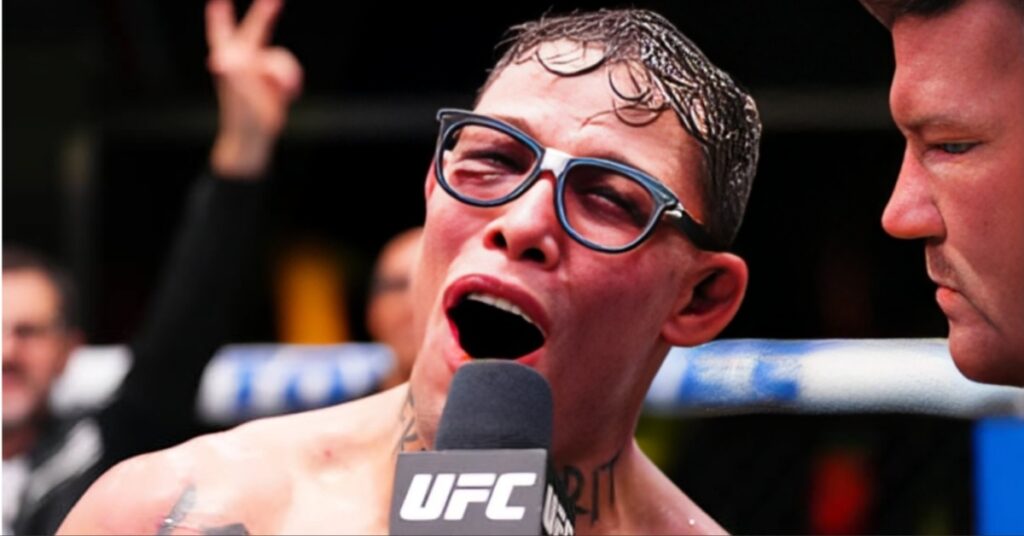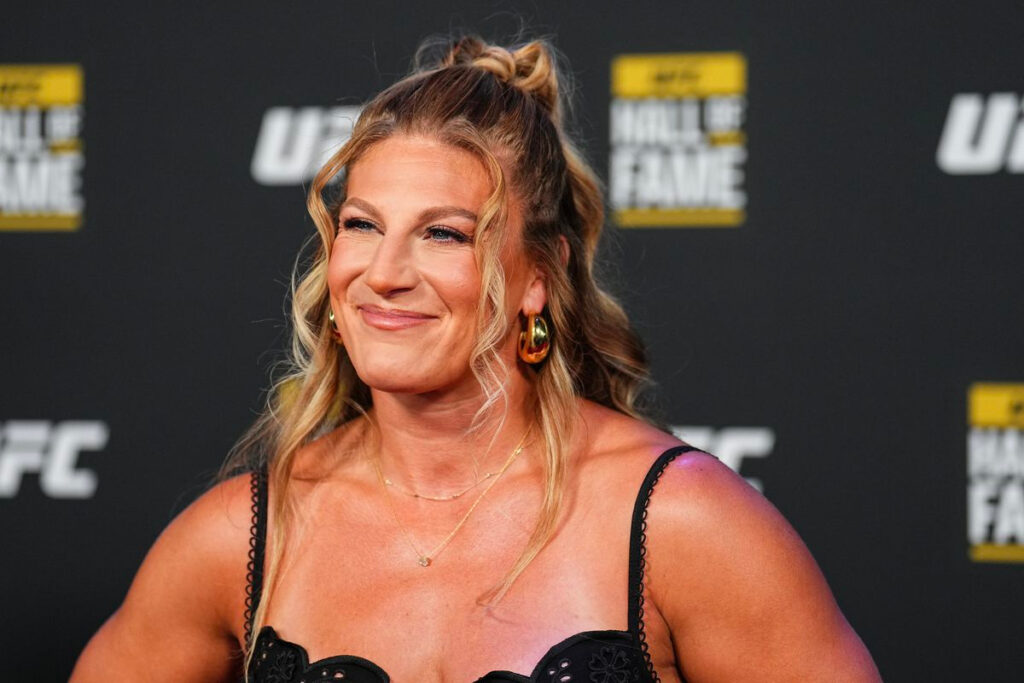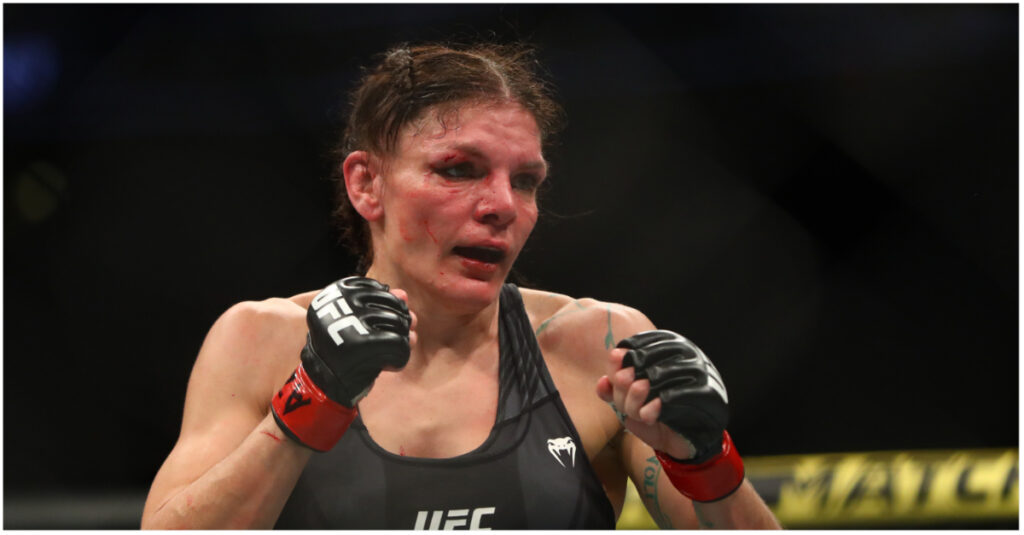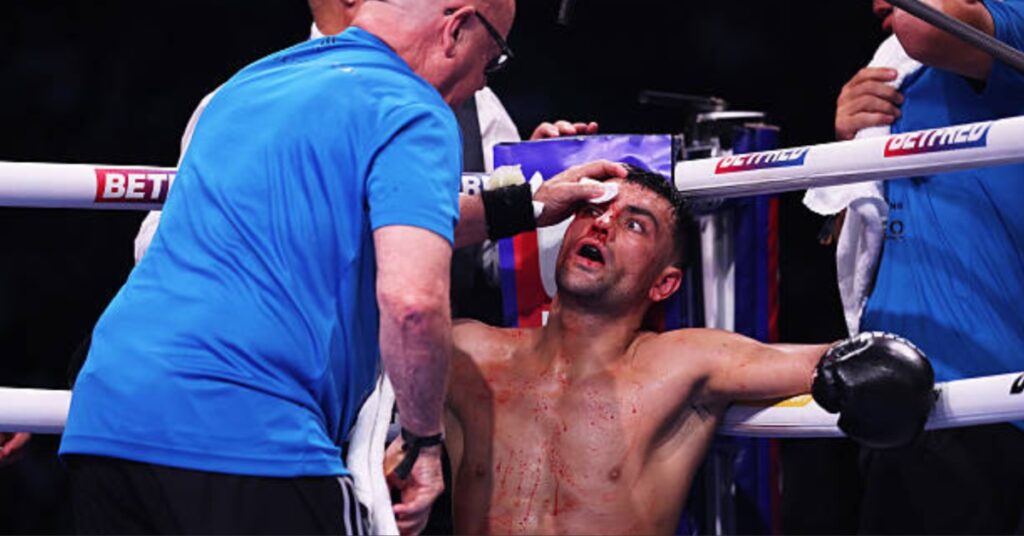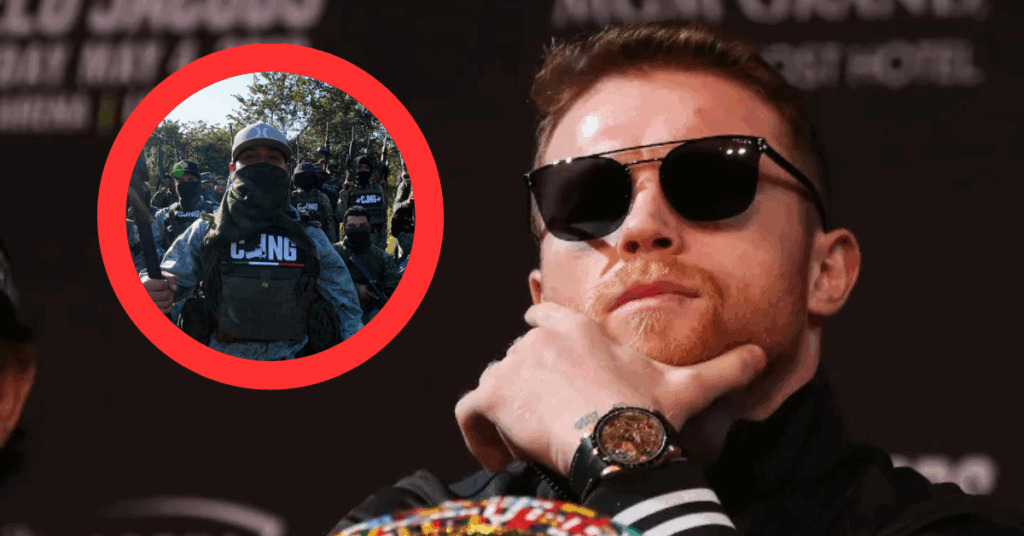Fighting Stances: A Breakdown Of The Most Popular Fighting Stances
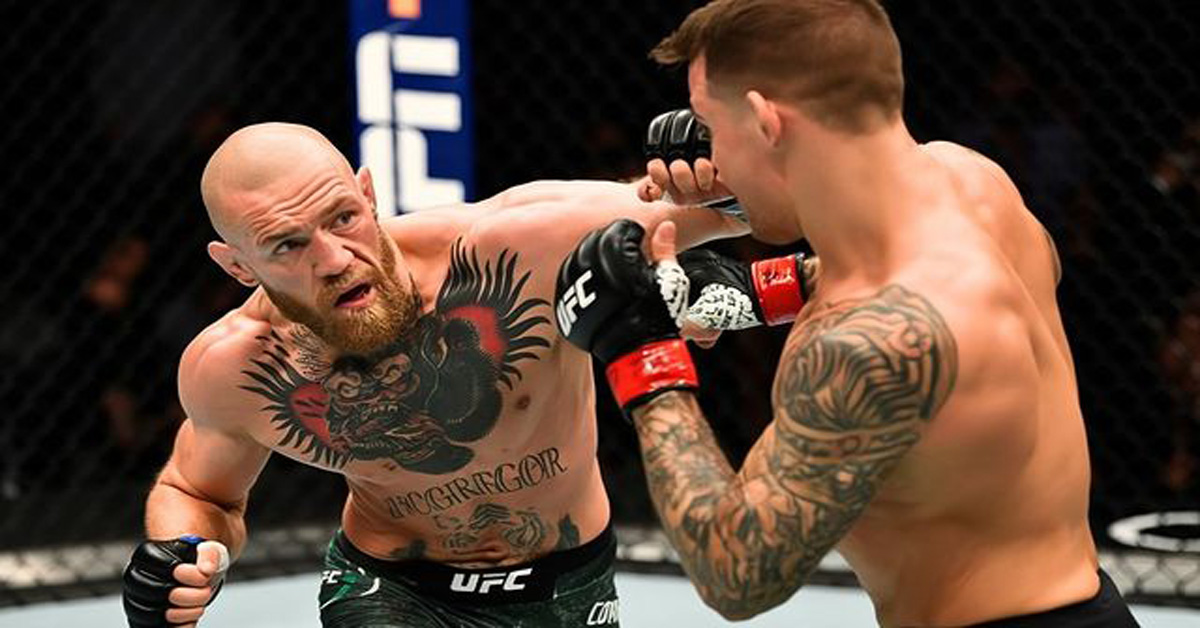
A wide variety of martial arts have different fighting stances within each one. Each of these fighting stances has distinct characteristics and qualities that set them apart from one another.
Here is our breakdown of the most used fighting stances in the world. Detailing each of their characteristics and the purposes they serve.
Boxing Fighting Stances
Boxing is one of the most widely practiced combat sports in the world. Literally, every culture practices a style of boxing, which means the movements and stances aren’t exact. Here are some of the various boxing fighting stances used in the sport described below.
Orthodox Fighting Stance
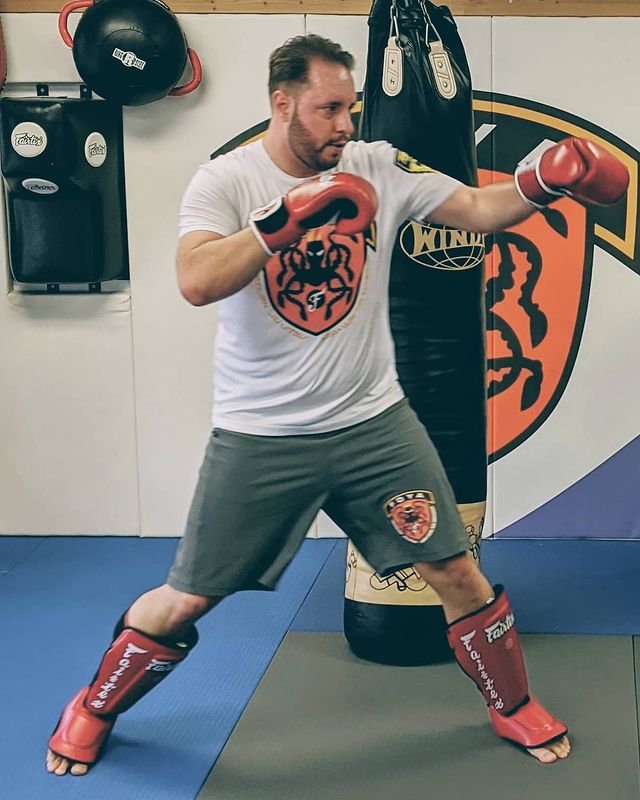
The most used boxing stance is the traditional orthodox stance. It’s predominantly used by right-handed fighters because their right hand is in the power punch position in the back.
Their left hand is in the lead, slightly in front of their face. The right is either pressed against the chin or against the head.
Then with the feet, they’re about shoulder-width apart, with their left leg in the lead and right in the back. Legs are slightly bent, and you have a basic orthodox boxing stance there.
Southpaw Fighting Stance
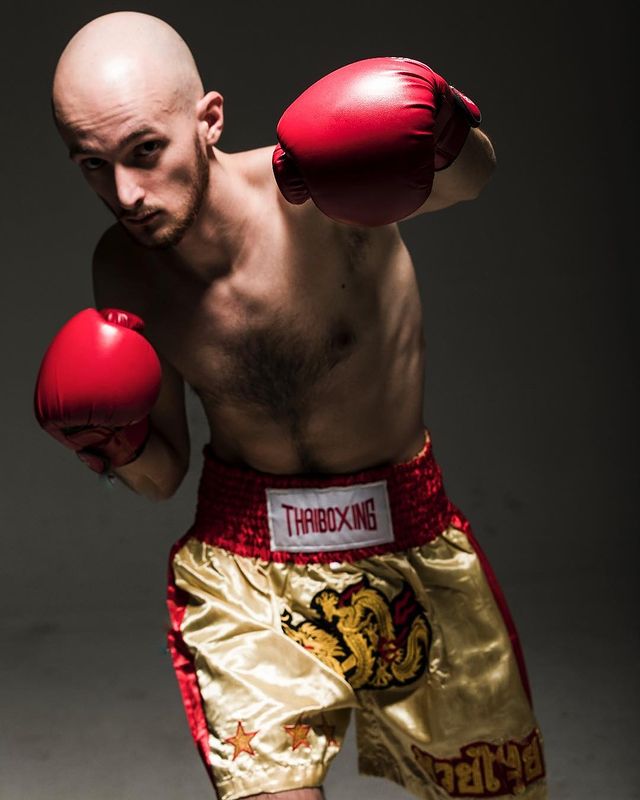
The reverse of the orthodox stance is the southpaw stance that’s used by left-handed fighters. In this stance, your right hand is in the front, and the left is in the back. In the southpaw stance, your right finds the range and is the first line of defense, while your left is the power hand.
Switch Stance
Some boxers can fight in both fighting stances. Going from one stance to another depending on the situation of their fight. Some of the best boxers that are switch-stance fighters include Terrence Crawford and the legend Marvin Hagler.
Crouched Stance
There are variations of a crouched stance in boxing where they bend their knees more to lower themselves. Doing this makes them a smaller target, enabling them to slip and duck incoming punches.
One of the most used crouched stances was the peek-a-boo style that Mike Tyson made famous. Tyson would stay low to evade punches and then come up with explosive combos to get the knockout.
Wide Stance
Taller boxers like to use wide stances when they fight. Their feet are around half a foot wider apart than in a traditional boxing stance.
Also, standing sideways takes away targets that their opponent could hit. Fighters that use a wide stance, like the Klitschko brothers, used them along with powerful jabs to win world titles.
Philly Shell Fighting Stance
The Philly shell is one of the most advanced fighting stances in the sport of boxing. In this stance, you’re standing more sideways with your lead hand across your body and backhand against your chin.
This stance seems like you’re exposed to strikes, but it’s actually designed to counter your opponent’s strikes. Slipping and delivering quick counters that keep your opponent off balance.
Karate Fighting Stance
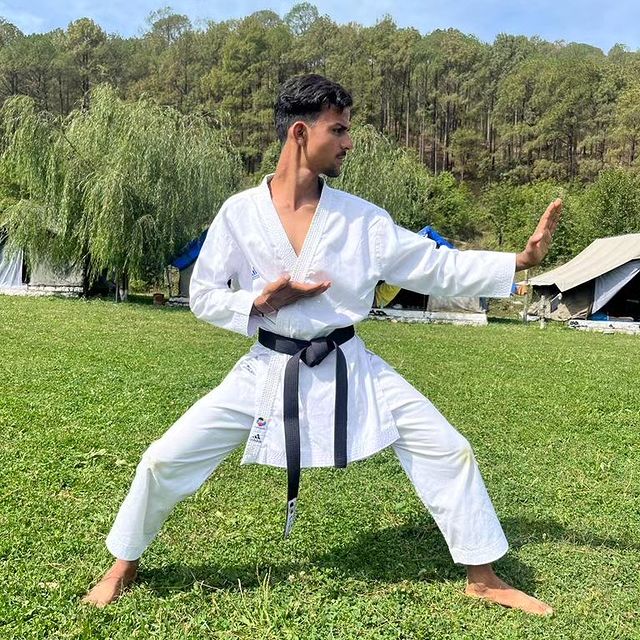
If you’ve watched Karate masters like Lyoto Machida and Stephen Thompson fight, you’ve seen the Karate fighting stance. In this stance, fighters stance sideways with their feet double shoulder length apart and knees slightly bent.
Your lead hand is slightly extended to find and keep the range. The backhand is traditionally kept low below the chin or even against your body.
In this stance, Karate practitioners are focused on landing fast kicks and hard punches in combos of 1-3 moves.
Taekwondo Fighting Stances
In Taekwondo, there are actually three different fighting stances that practitioners use in sparring. The first is similar to a normal kickboxing stance, where both hands are up, and you’re standing sideways.
Staying super light on your feet and keeping a distance in order to land a mixture of jumping or spinning kicks.
The other two Taekwondo fighting stances look similar to the Philly shell stance in boxing. Your front hand is across your body to block strikes to the body. Some Taekwondo fighters will either keep their front shoulder low or raise it up to cover their chin.
Muay Thai Fighting Stance
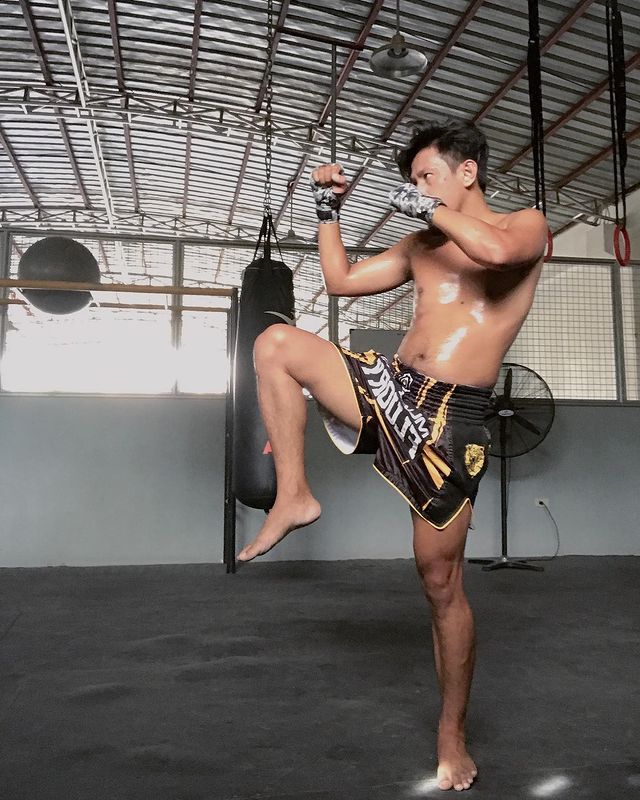
The classic Muay Thai fighting stance is one of the most used and effective stances in combat sports. Thai boxers tend to stand more frontal with their lead hand slightly forward.
Their palms are generally pointed outwards towards their opponents to either block strikes or engage in a clinch. Then with their feet, they keep them half a shoulder length apart to throw explosive round kicks and knees.
Kickboxing Fighting Stances
There’s a wide variety of different kickboxing stances that are used within the sport. The variations depend on what striking disciplines the fighters practice, like Karate, Kung Fu, Muay Thai, or Taekwondo.
You’ll see various styles displayed at kickboxing events that make for exciting match-ups.
Wrestling Fighting Stances
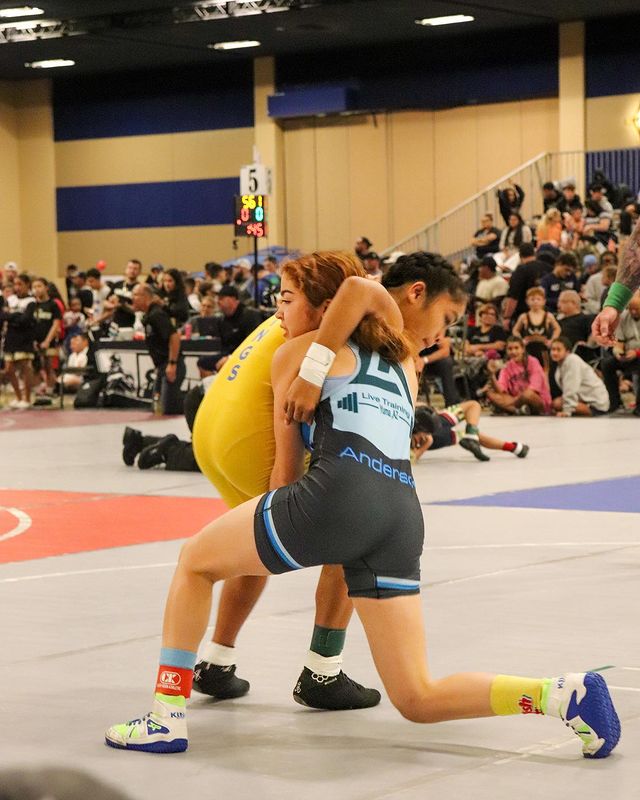
In wrestling, two different types of fighting stances are generally used within the sport. An offensive stance and a defensive stance.
Offensive wrestling stances are semi-sideways with one leg in front, and the knees bent. The arms are generally tight against the body, so their opponent can’t take under hooks to counter them.
Defensive wrestling stances are horizontal stances where the wrestler’s feet are shoulder-length apart. The purpose of this stance is to defend an opponent’s attacks and counter with an attack of your own.
Sambo Fighting Stance
A Sambo fighting stance is similar to the stances you’re accustomed to seeing in MMA. Sambo fighters stand in a sort of kickboxing stance in order to throw their punches and kicks. They’re also light on their feet to defend takedowns and throws from their opponent.
Judo Fighting Stance
In a traditional Judo fighting stance, you have one foot in front, the other in the back, and your hands ups. Your hands are open and in front of your face in order to grab your opponent or defend them from grabbing you.
BJJ Fighting Stance
A BJJ fighting stance can look similar to a Judo or wrestling one. Depending on if they’re doing Gi or No-Gi.
Your hands are up in order to block your opponent from grabbing you and also to grab them. Once you can touch your opponent, you’ll either set up a takedown/throw or pull guard.
Aikido Fighting Stance
In an Aikido stance, your knees are bent with one leg in front of the other. Your hands are pointed out like knives to find the range and counter your opponent’s attacks.
Hapkido Fighting Stances
A few different fighting stances are used in the Korean art of Hapkido. The traditional one is where a Hapkido practitioner’s fists are up, which is similar to a Taekwondo stance.
The second Hapkido stance will detail where your lead hand is in a fist in front of your body. Your backhand is open with its palm up.
Then the third type of Hapkido stance we’ll detail is where you have knife hands. Your hands are open and put in various positions, depending on your objective.
Kung Fu Fighting Stances
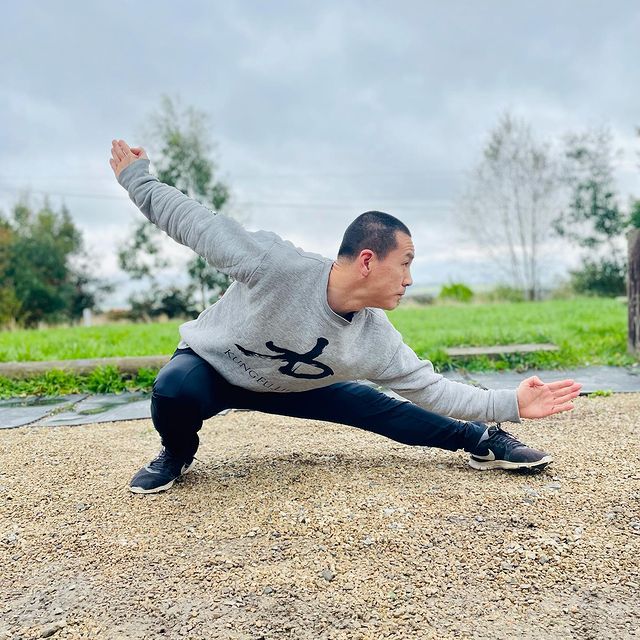
There are a wide variety of different Kung Fu fighting stances. We won’t detail the hundreds of different stances, but just a few to give you examples of what they’re like.
The Crane
The Kung Fu style, known as the crane stance, is a long-distance fighting style that mimics the movements of a crane. Practitioners lift their front leg up with all of their weight on their back leg and their hands to the side.
They aim to keep their distance and throw different types of kicks from long range.
Tiger Claw
The tiger claw style is one where practitioners mimic the movements of a tiger. They go into a deep crouch, where their back knee is bent, and their front leg is semi-straight.
Tiger claw practitioners, of course, keep their hands like a claw in front of their faces. Using various tiger-like techniques where they jump at their opponent to attack them.
Wing Chun
The defensive art of wing chun is one of the more unique Wushu grappling styles. In this fighting stance, a Wing Chun practitioner has more feet slightly in front of the other and their knees bent.
Their hands are open and in front of their face to deflect and counter their opponent’s attacks.
MMA Fighting Stances
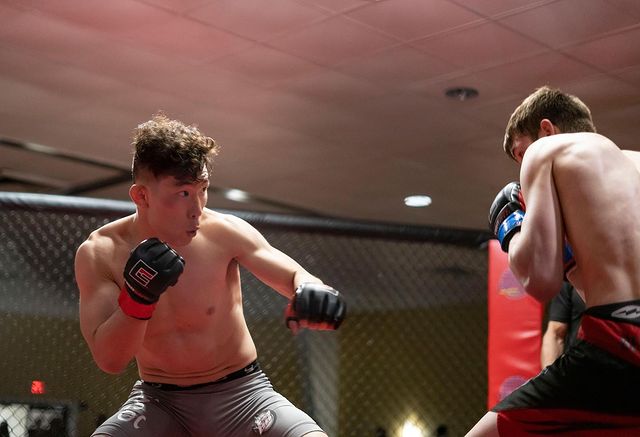
Just like with boxing, there isn’t one type of MMA stance but numerous MMA fighting stances. That’s because MMA is a hybrid sport, so the stances will be a mix of whatever fighting disciplines the fighter practices.
You could see anything from a Karate stance mixed with a wrestler’s stance. Throwing Karate style strikes and then shifting into a wrestling stance when grappling ensues.
These mixes of fighting stances and disciplines are what make MMA a special sport.
What is the Best Fighting Stance?
There isn’t one type of fighting stance that is better than the others. The best fighting stances are hybrids like you see in MMA.
A fighter’s hands are up to defend against strikes but are also prepared to defend their opponent’s grappling. We recommend that you train in different disciplines to improve your overall self-defense.

